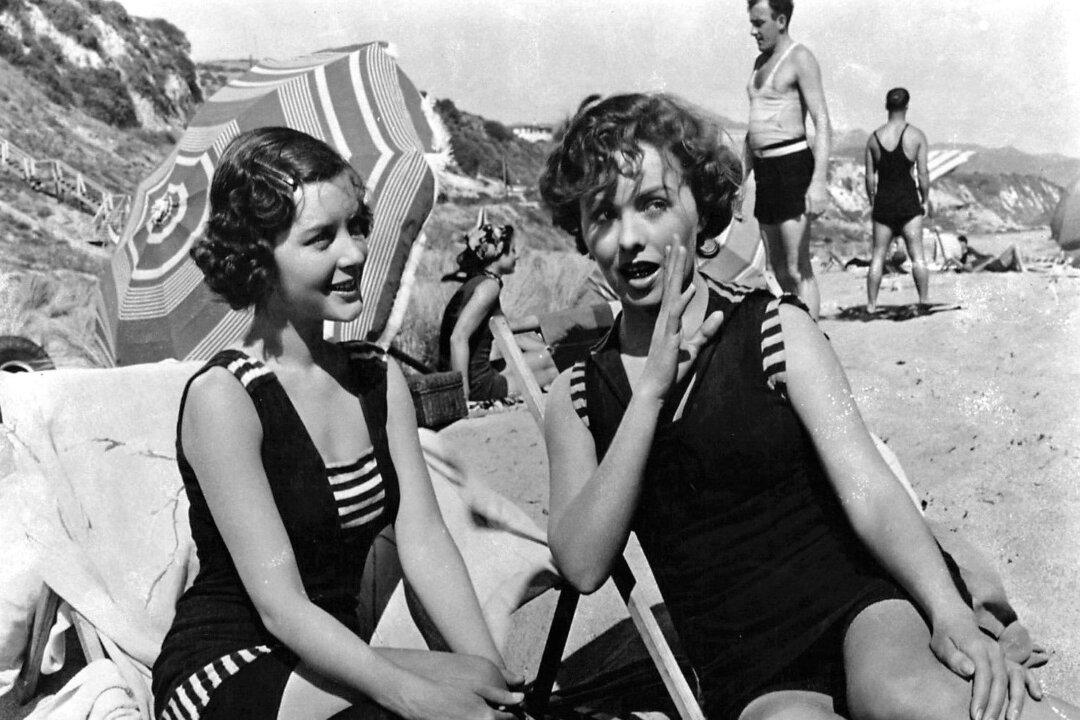Commentary
You’ve probably heard the rhyme, “Rings on her fingers, and bells on her toes,” but have you heard of the film “Belles on Their Toes”? This movie isn’t really related to that nursery rhyme, which was first published in 1784 in the “Oxford Dictionary of Nursery Rhymes.” The clever title is referring to young ladies as belles, the French term for beauties.





